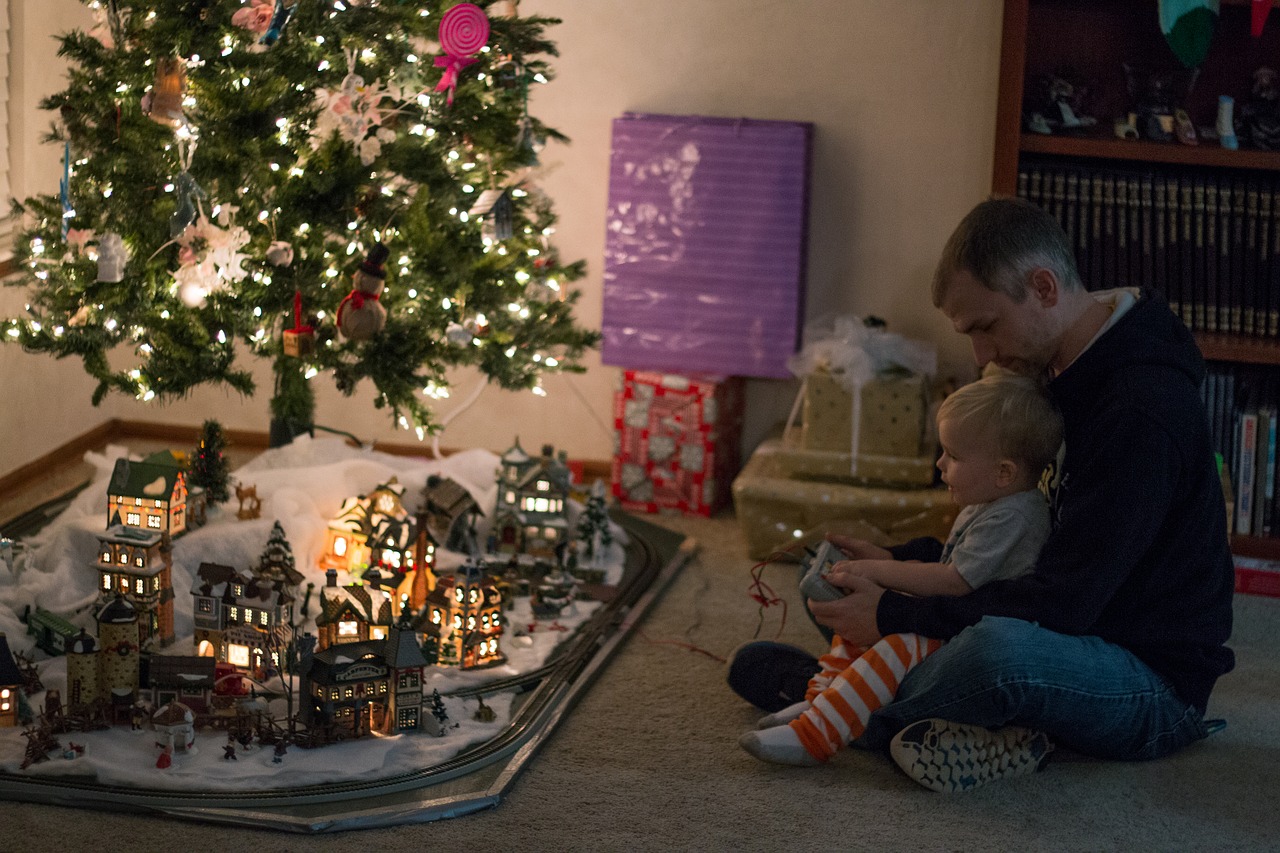With Christmas just around the corner, it’s time to start thinking about your tree (if you haven’t already). Decorating Christmas trees has been a tradition since 1510, but with roughly 350 million trees growing on 15,000 U.S. tree farms, getting a refresher course on how to care for and buy trees couldn’t hurt. Review these points before and after buying your tree so you can focus on enjoying it with your loved ones.
You’ll want to purchase your tree sooner rather than later. The earlier you buy your tree, the more likely it will be healthy (and green).
Be sure to measure the height and width of both the space in your home where you plan to put the tree and the tree itself. Buying a tree that is too big (or too small) for the space provided is frustrating, to say the least.
Find a tree that has little to no brown needles. This is a sign that the tree is dry and less healthy than your greener options.
You have many options when choosing a Christmas tree. Know what they are and which one will fulfill your requirements. Some of the most popular options are:
These are the most common in the U.S. (but not the most popular). They retain water well and have 1-3 inch needles.
You may recognize this tree by its unique blue hue. Its sturdy branches are ideal for hefty ornaments but the needles are only one inch in length, so keep that in mind when considering your decorative standards.
If you plan on hanging heavy ornaments, you may also want to consider this option. Popular in the south, the needles are 1.5-3 inches long.

Unless you cut the tree down yourself, you can’t be sure how long it has been since your tree had fresh water. Cut one inch from the bottom of the tree so it can better absorb the water your provide.
Before you begin decorating your tree, place it in a stand that holds one gallon of water. Keeping your tree well watered will keep it looking and feeling healthy.
As charming and nostalgic as large lights are, using small lights will result in less drying of the needles and branches.
Before you take down your Christmas tree, check out the recycling options that are available in your community. You can also consider recycling your tree within your own landscape.

Many holiday safety tips that apply to children apply to pets as well. Keep these points in mind when decorating your tree.
Oddly enough, your best bet to avoid breaking fragile ornaments is to hang them closer to the top of the tree and secure them tightly to the branches.
Although it’s a beautiful addition to your decorating, avoid using tinsel. It can present a choking hazard and ingesting tinsel can cause serious illness.
Keep light cords out of sight or higher on the tree to avoid chewing.
Now that you know how to care for your indoor Christmas tree, find out how to care for your outdoor trees.










